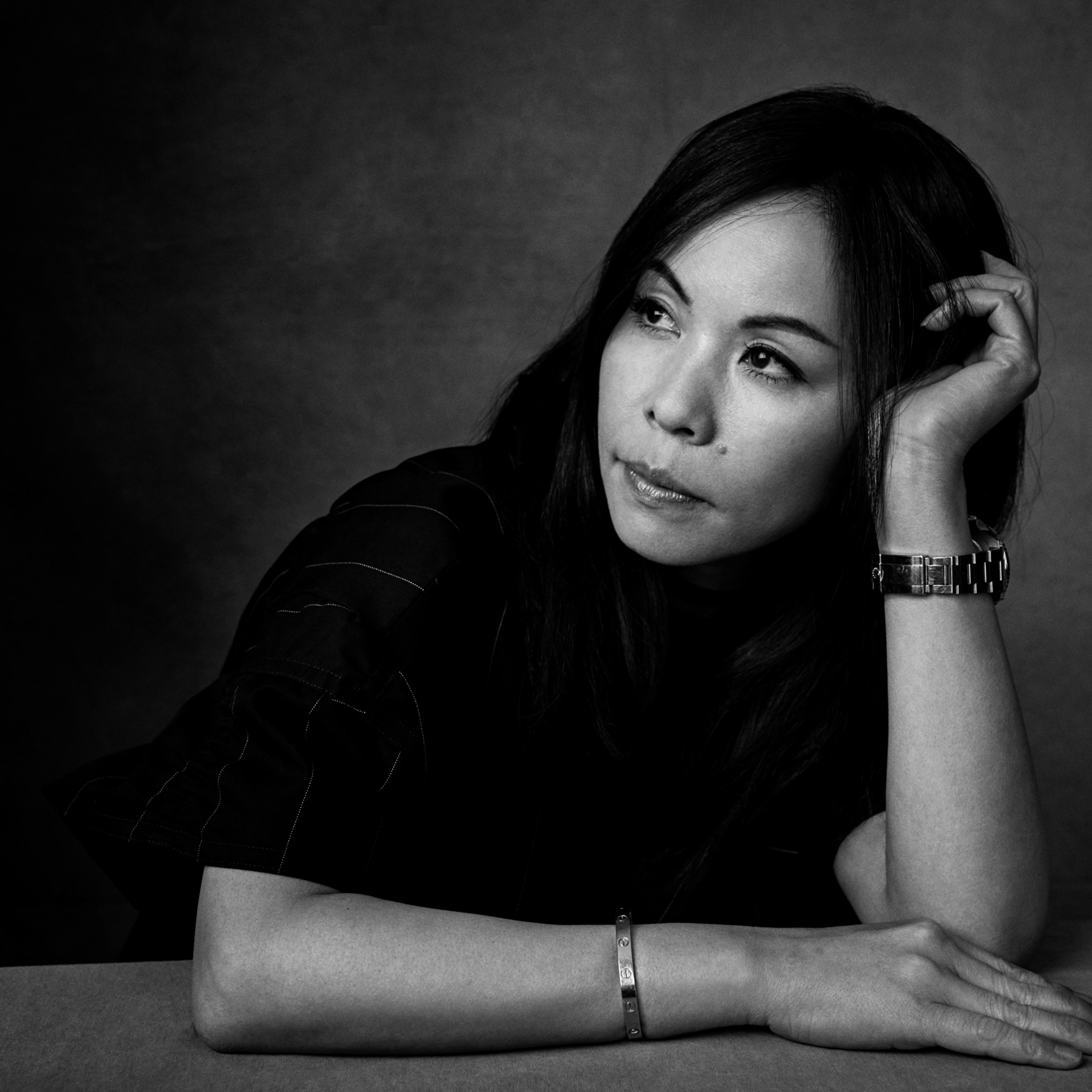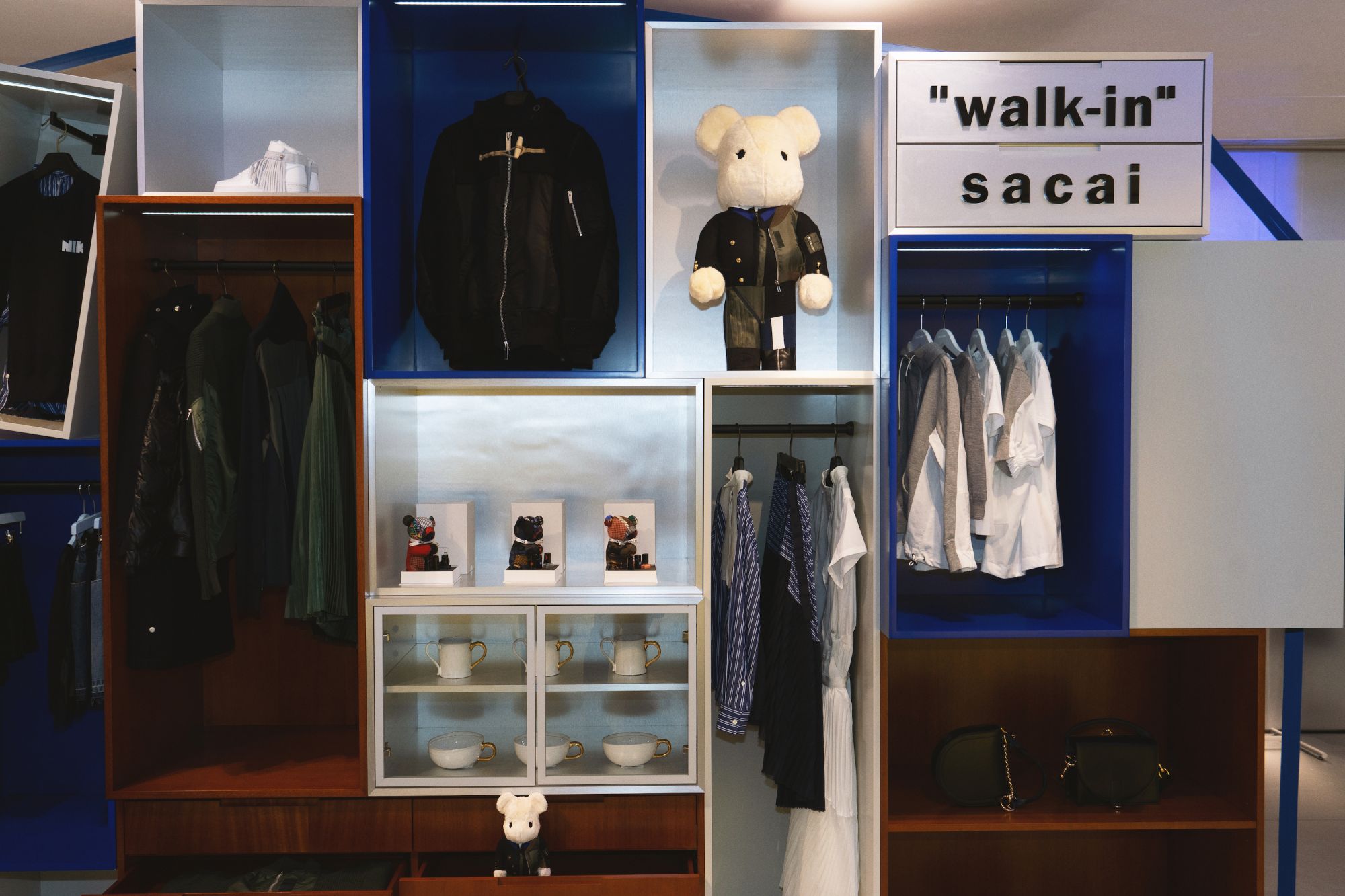
How did you develop your love of fashion?
My mom used to make clothes for me and rather than normal cuts, she’d make pieces with details like big sleeves. Then, ever since I was little I would make clothes for Licca dolls, which are like the Japanese version of Barbies.
I also remember seeing a commercial on TV featuring a fashion designer, and that’s when I realised that being a designer is a job.
See also: Crazy Rich Fashion: 13 Asian Designers Who Are Doing Us Proud




